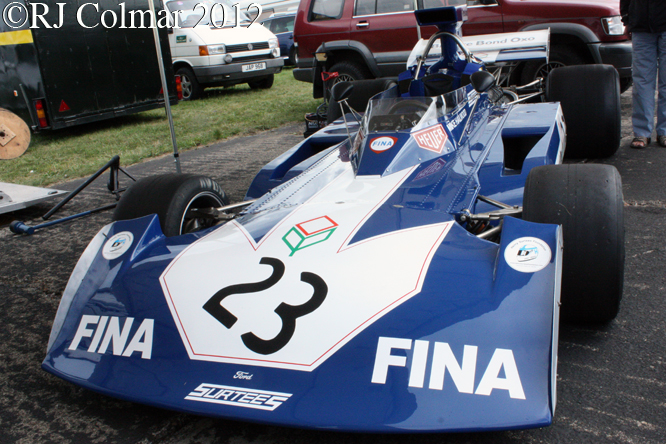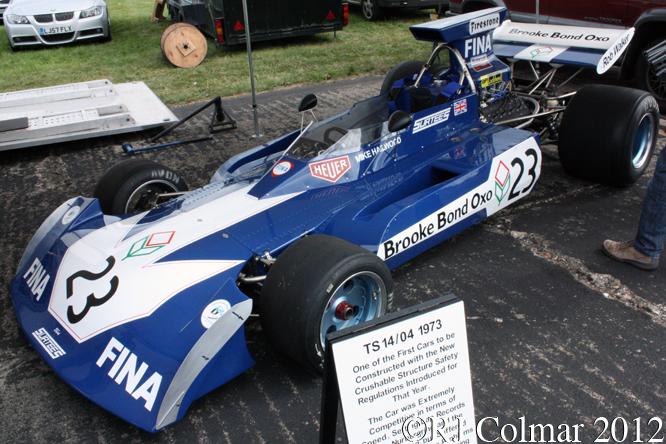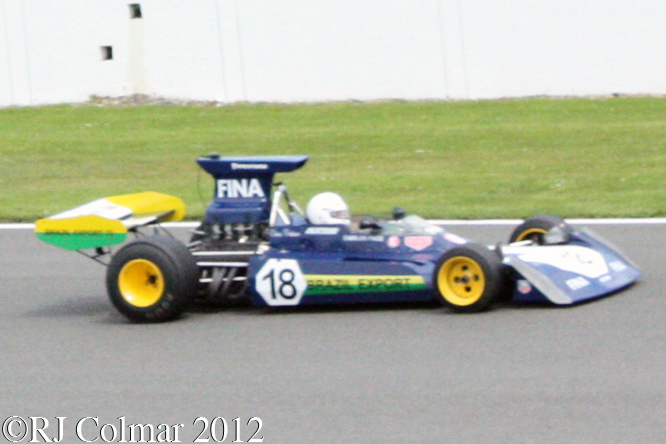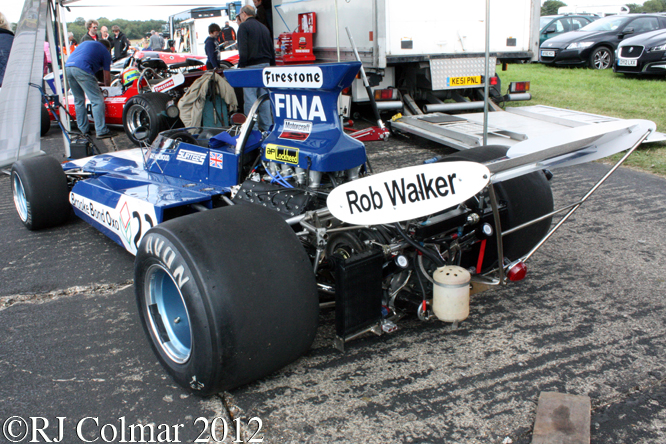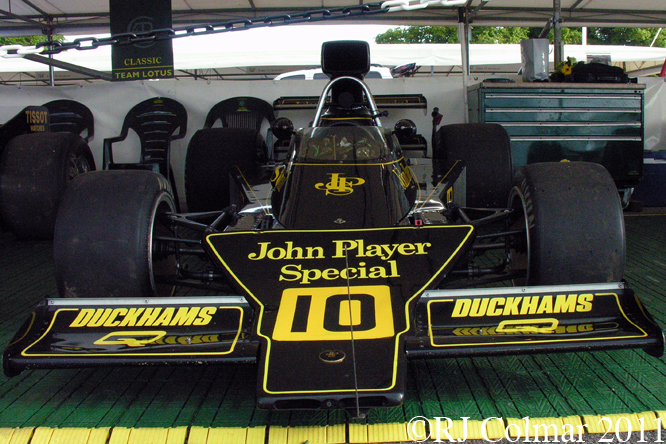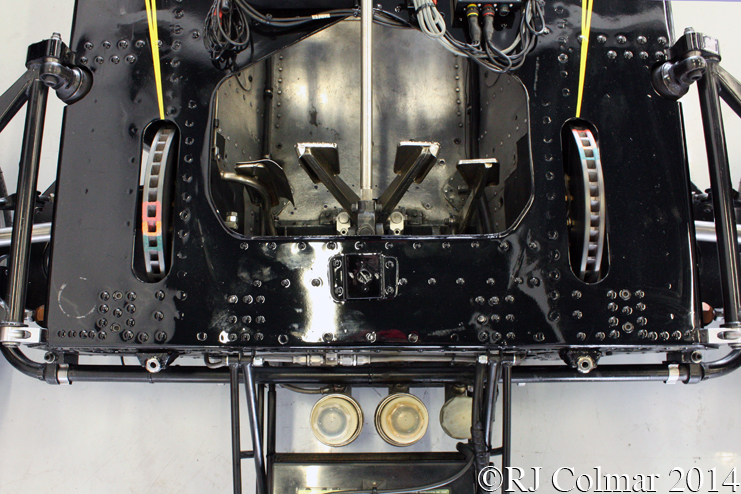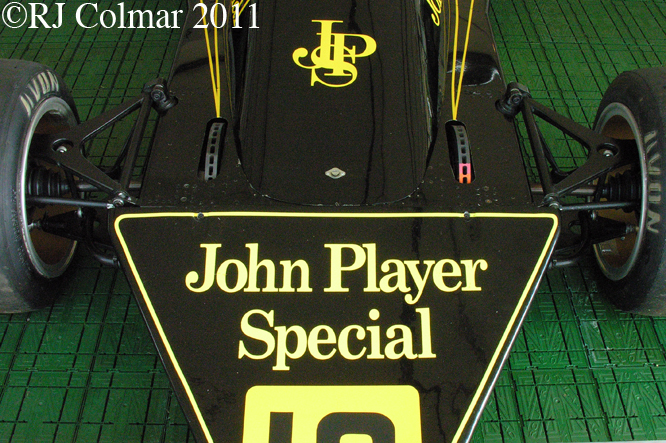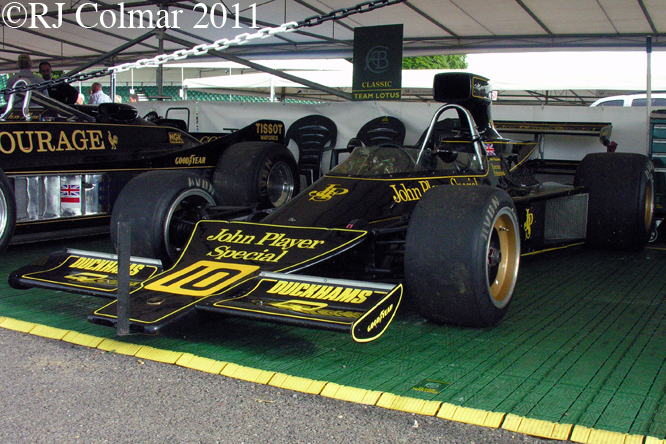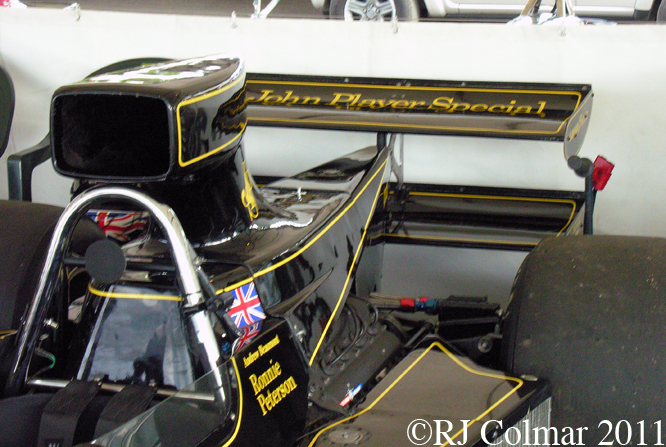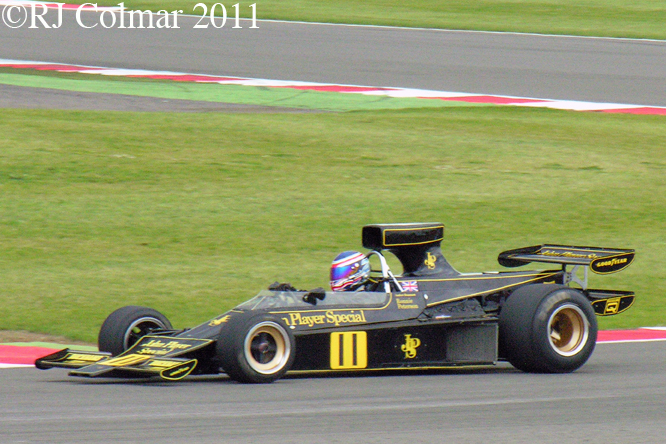After the successes of the 1973 Trojan T101 Formula 5000 car, particularly in the hands of Jody Schekter in the USA, the company Chairman Peter Agg asked Ron Tauranac to design an all new car for 1974 which would be suitable for F5000, the T102, and Formula 1, the T103 although the Chevy V8 in the former would not be able to be fitted as a fully stressed member as the Ford Cosworth DFV used to power the latter.
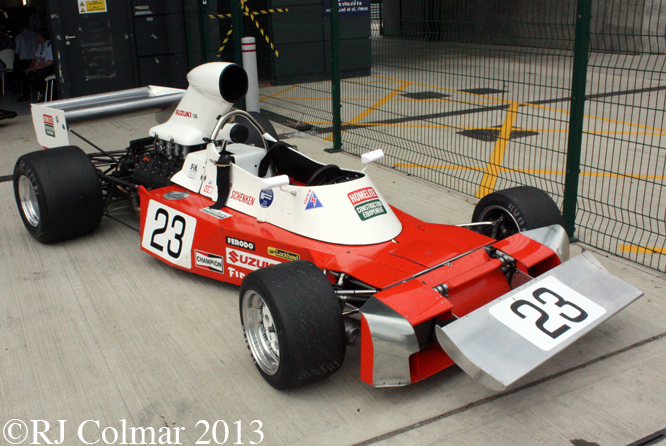
Both the T102 and T103, seen above at last years Silverstone Classic, bore a strong resemblance to the Brabham BT34 Lobster Claw formula one car which Ron designed for the 1971 season.

Powered by the, as good as, ubiquitous Ford Cosworth DFV with an equally, as good as, ubiquitous Hewland DG300 gearbox the T103 attracted a minimum of sponsorship from Suzuki GB and Australian Tim Schenken was signed up to drive the car.
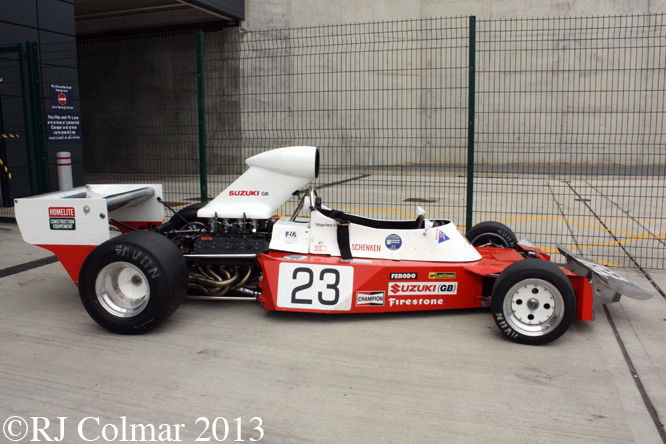
Like the Amon Cosworth AF101 I looked at last week the Trojan T103 made it’s debut at the 1974 Spanish Grand Prix where Tim qualified 25th, 2 spots behind Amon, but stayed in the race for 54 more laps than Chris before spinning off on oil on lap 76, eight laps early, to be classified 14th.

At the Belgian Grand Prix Tim brought the car home 10th and at Monaco Tim qualified 24th on the 25 car grid only to be involved in an incident that removed seven cars from the race on the opening lap. The team was refused an entry for the Swedish Grand Prix, failed to qualify for the Dutch Grand Prix, missed the French Grand Prix and turned up at the British Grand Prix with a new cockpit surround and Ferrari 312 B3 style single piece front wing.
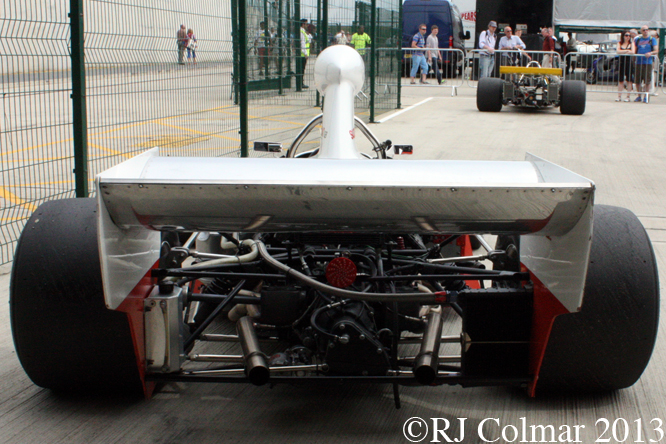
Tim qualified 25th for the British Grand Prix but but was sidelined with a suspension problem on lap 6. Tim and the Trojan proved unequal to the task of qualifying for the German Grand Prix at the Nurburgring, but bounced back by qualifying 19th in Austria where he finished a season equal high 10th. The cars final appearance before the money ran out was at the Italian Grand Prix where Tim qualified 20th and completed 15 laps before the gearbox cried enough.
That was pretty much the end of Trojan too, a company that founded in 1914 survived as a manufacturer in it’s own right until the the 1960’s when it started manufacturing first Heinkel bubble cars, then Elva sports racing cars and later McLaren Sports and open wheel racing cars under licence and then manufacturing a hand full of open wheelers of it’s own devising. The company was not dissolved until 2013.
Tim Schenken’s final Grand Prix appearance came in the 1974 US Grand Prix where he failed to qualify the unloved Lotus 76 27th but took to the grid when it looked like Mario Andretti’s Parnelli would not start but eventually turned up late grid to take his rightful place. Tim took the start only to be disqualified.
Tim eventually hooked up with Howden Ganley to found Tiga a successful company making racing cars for the junior open wheel and sportscar classes. A Tiga chassis tub was started for a Formula One car but it was never finished. Tiga would also become a successful Group C2 and IMSA Lights manufacturer.
The T103 is seen being driven by owner Phillipe Bonny at last years Silverstone Classic above.
Thanks for joining me on this “Son of Lobster Claw” edition of “Gettin’ a li’l psycho on tyres”, I hope you will join me again tomorrow for Maserati Monday. Don’t for get to come back now !


